
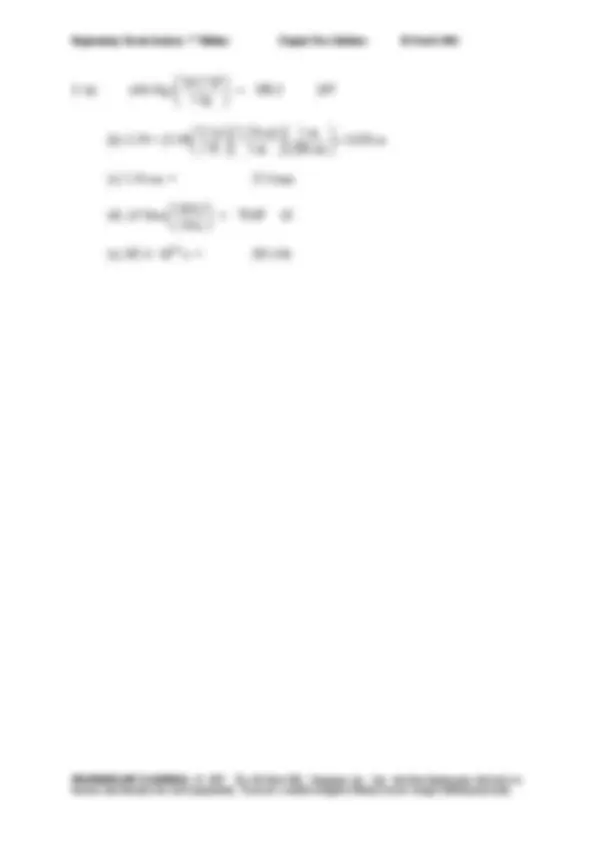


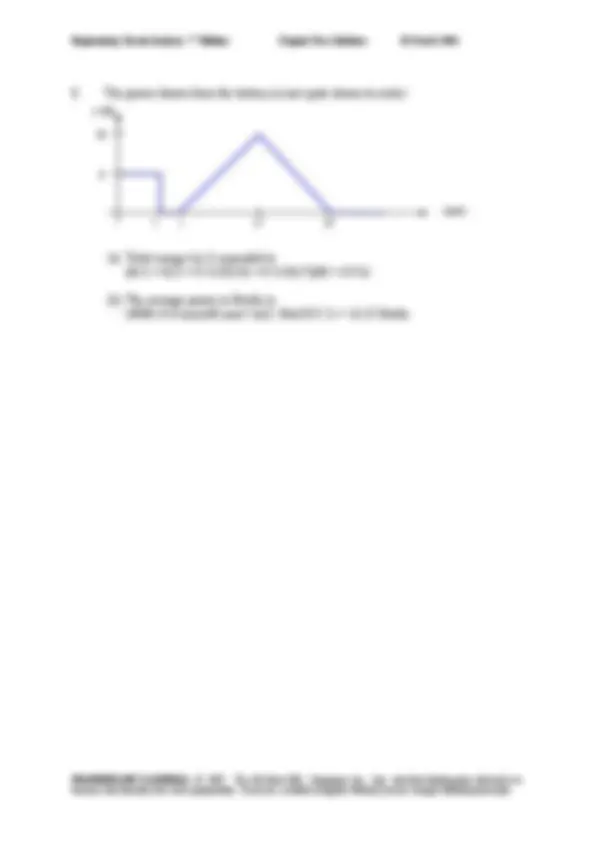
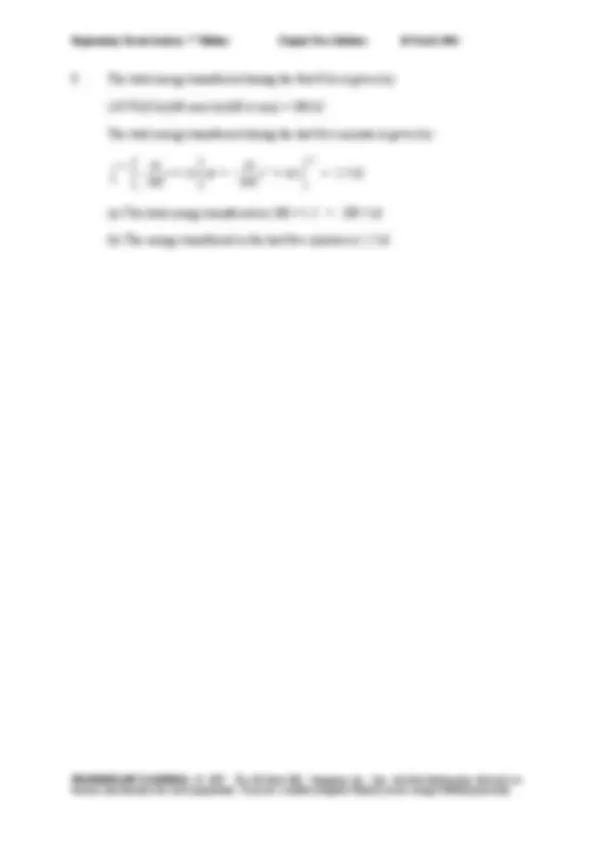

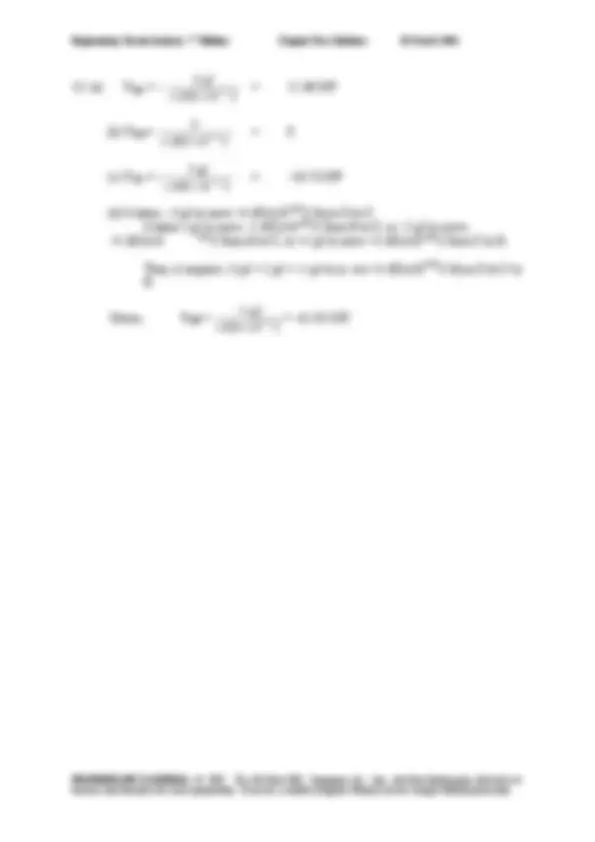
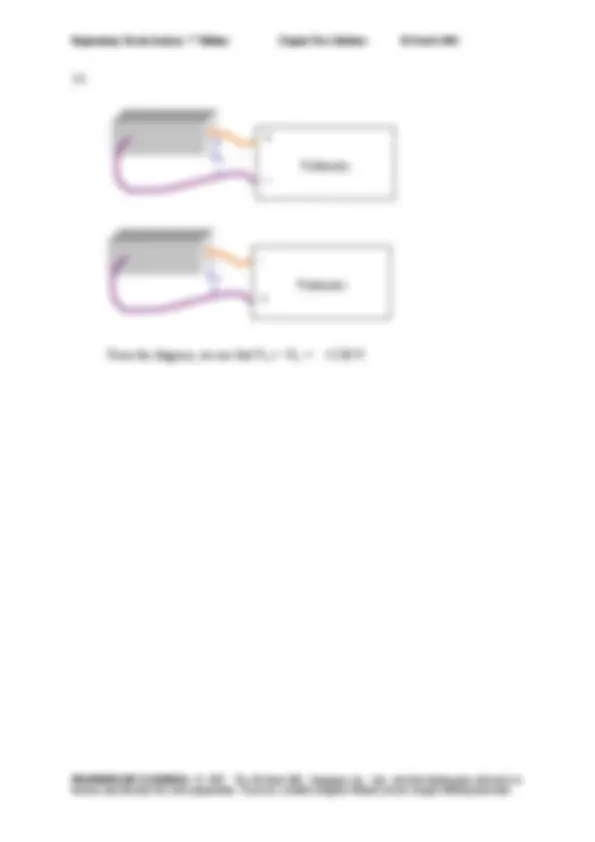



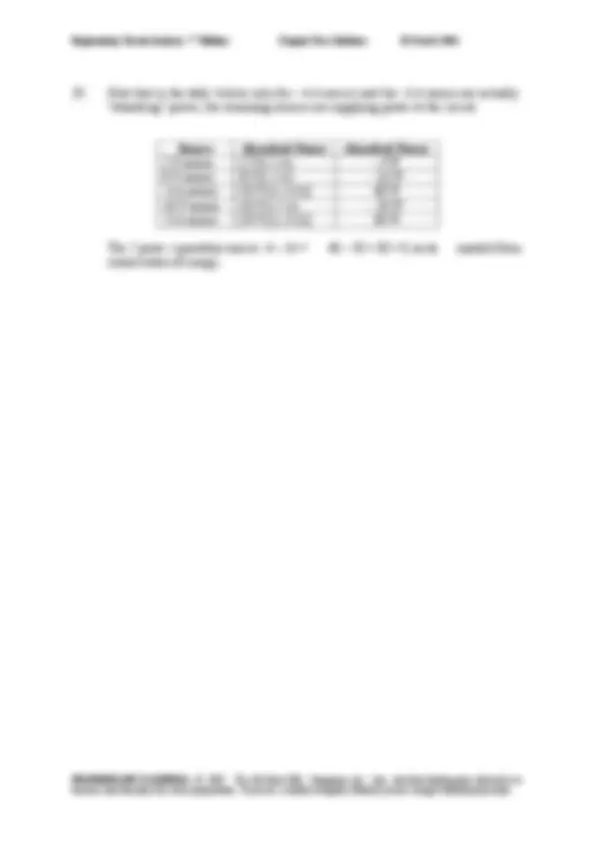

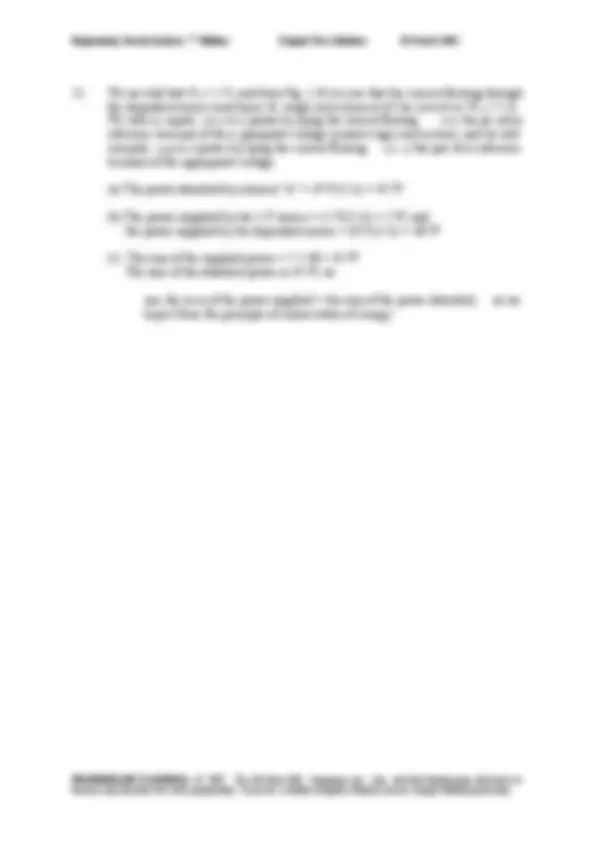



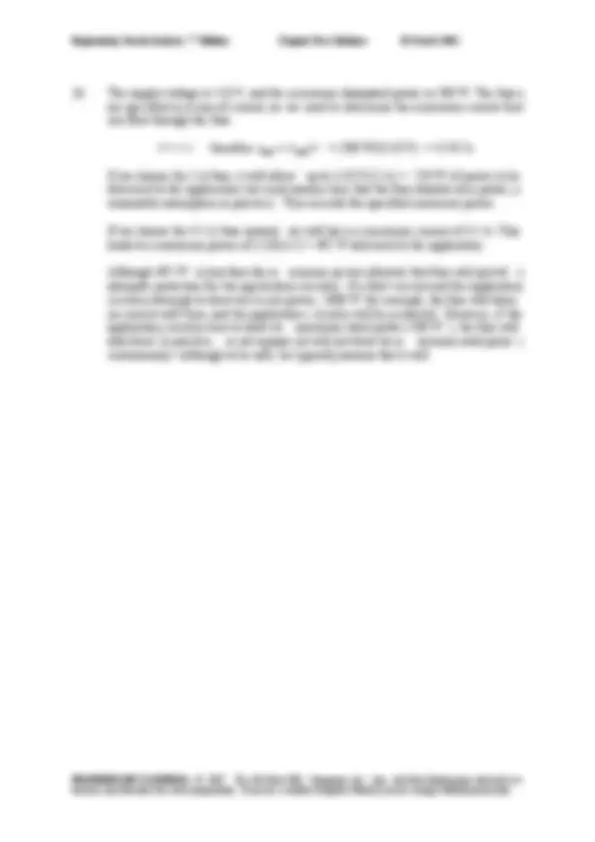



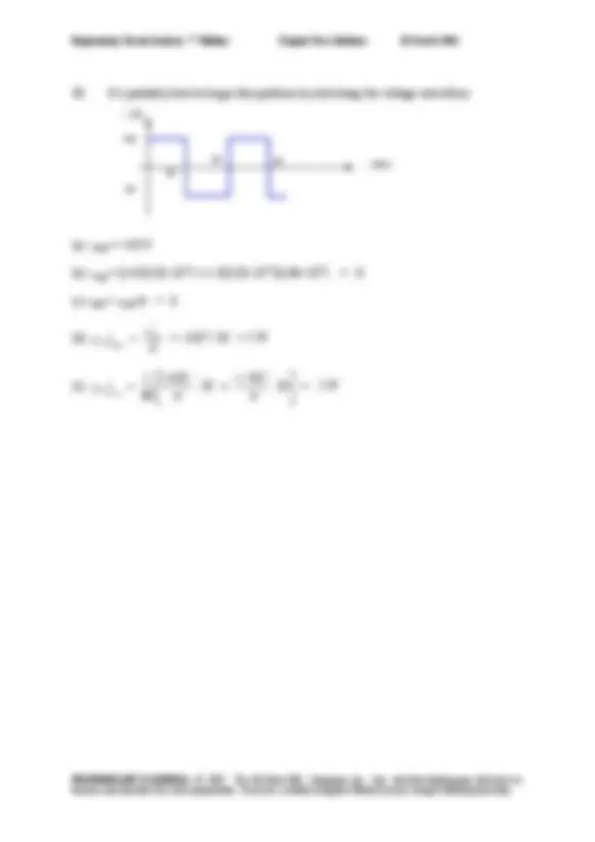
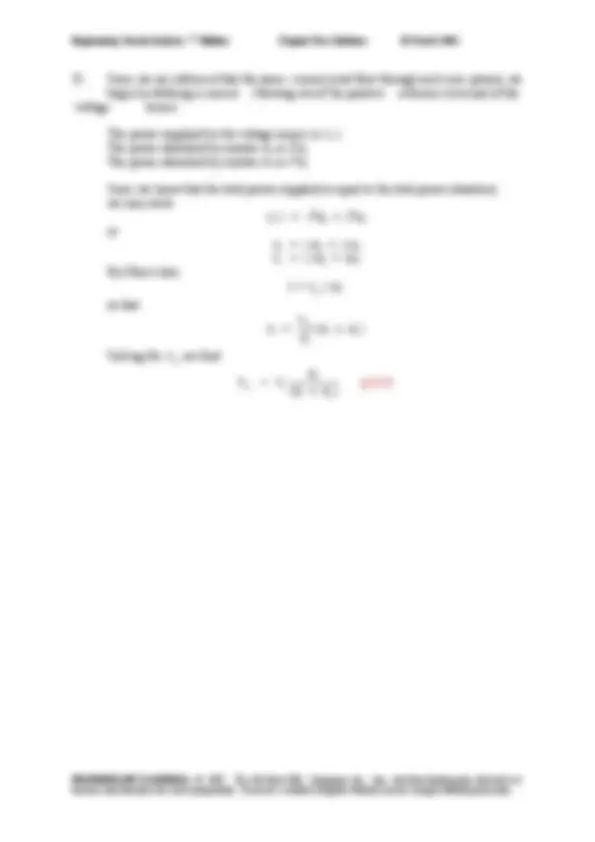
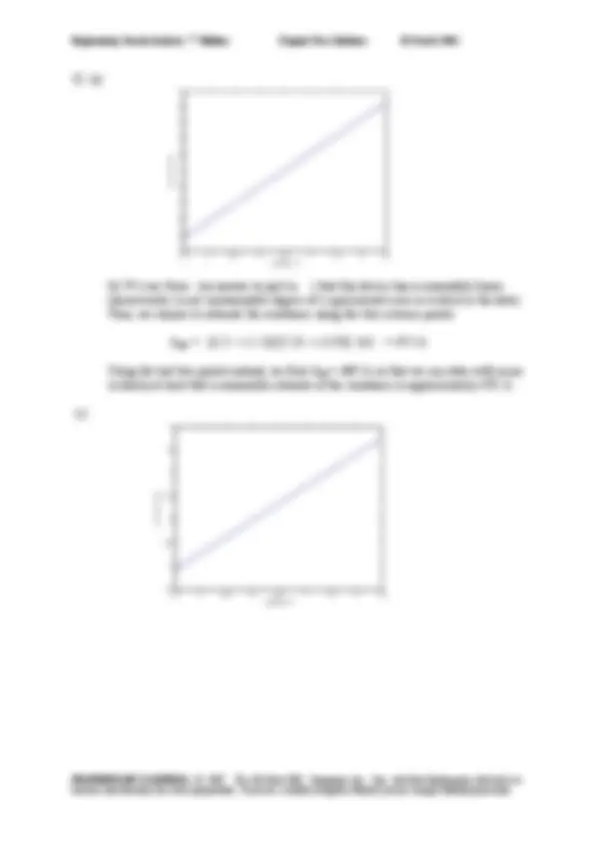





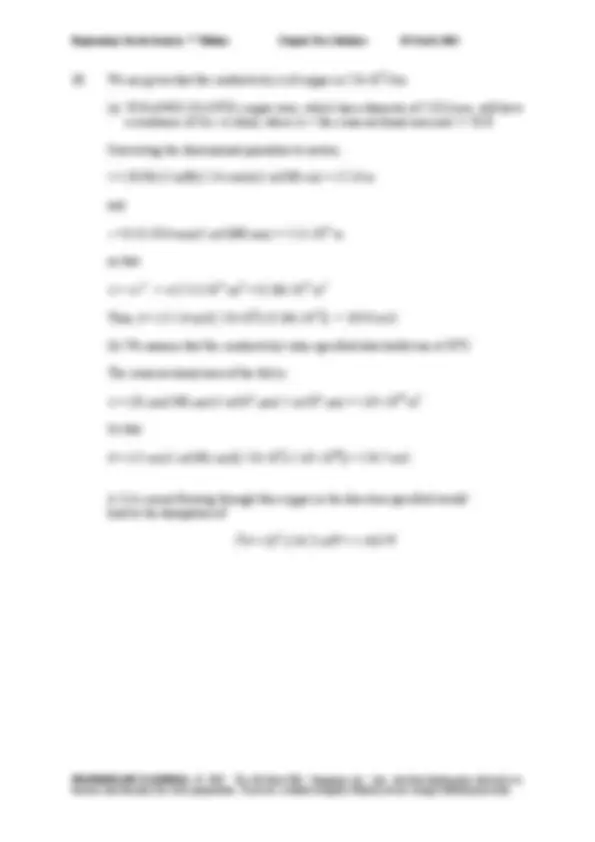
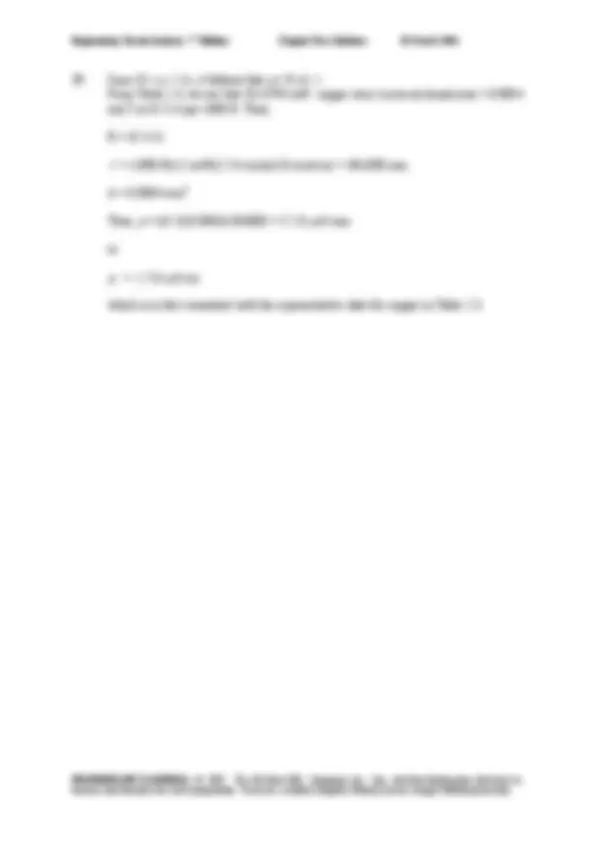
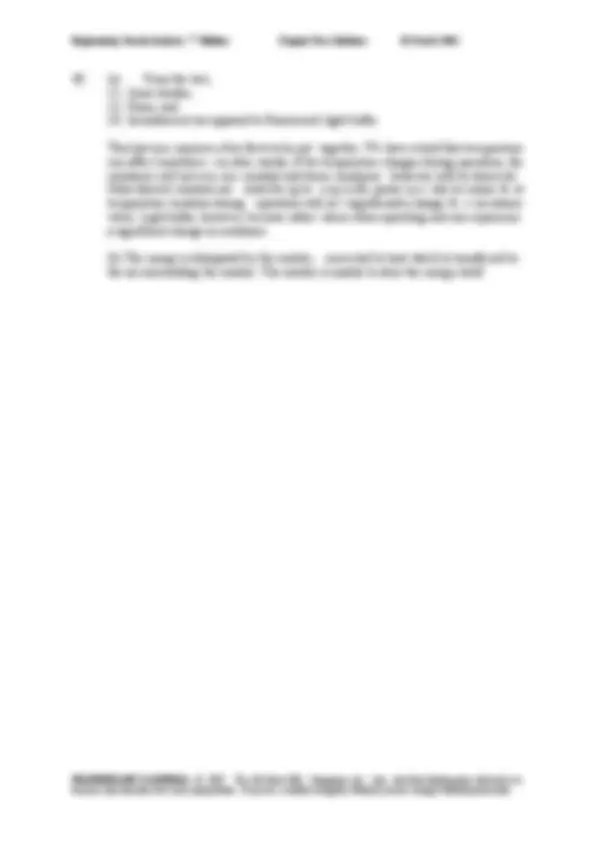

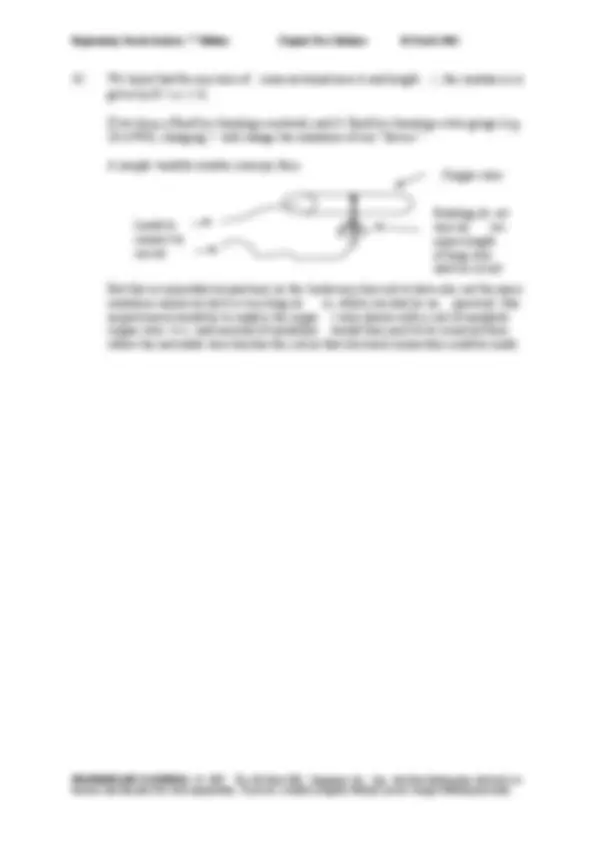
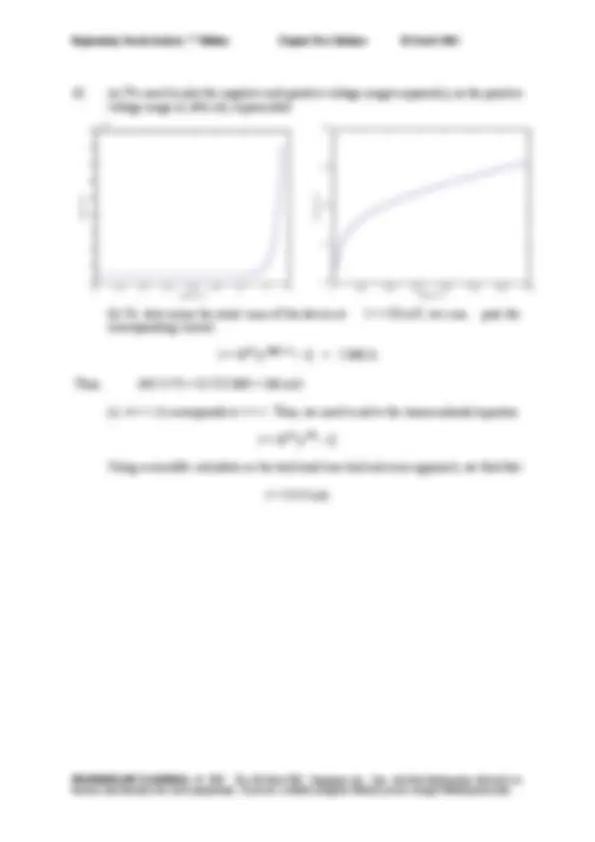
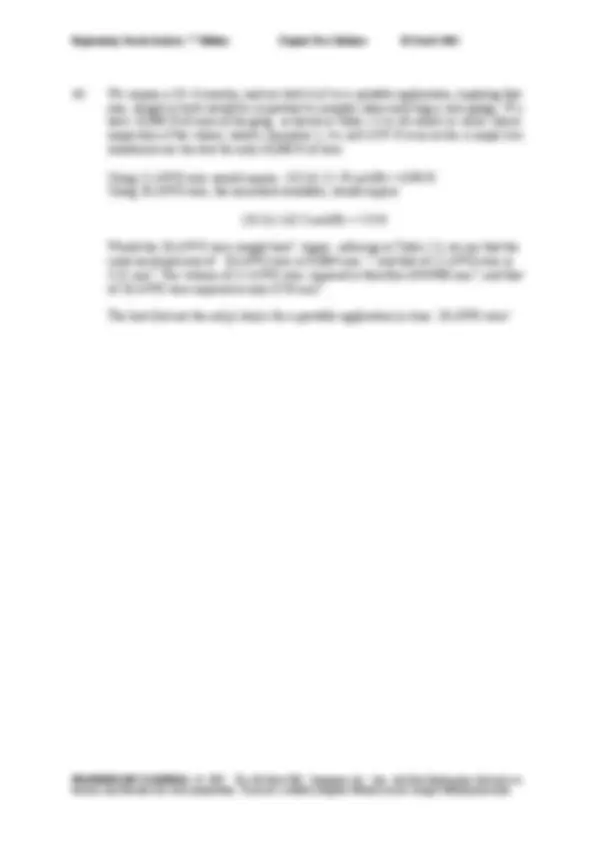

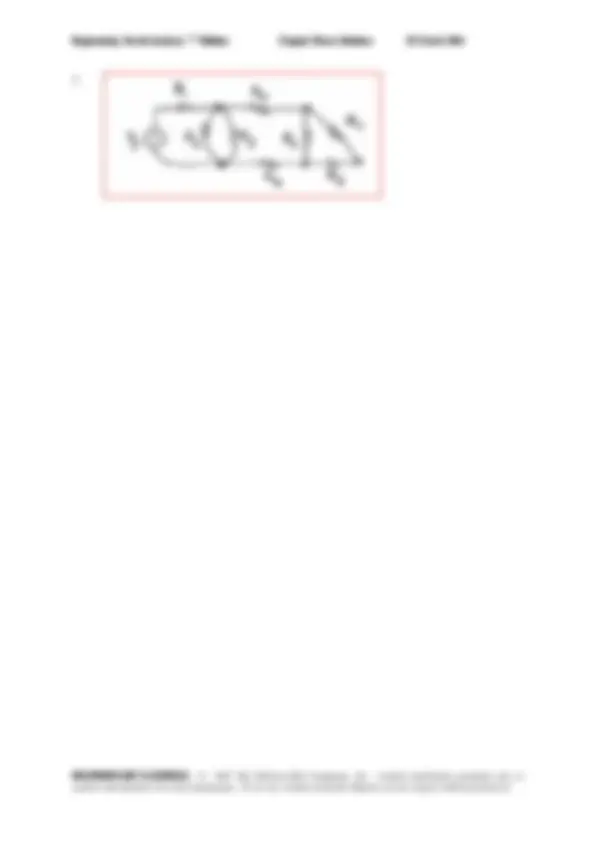




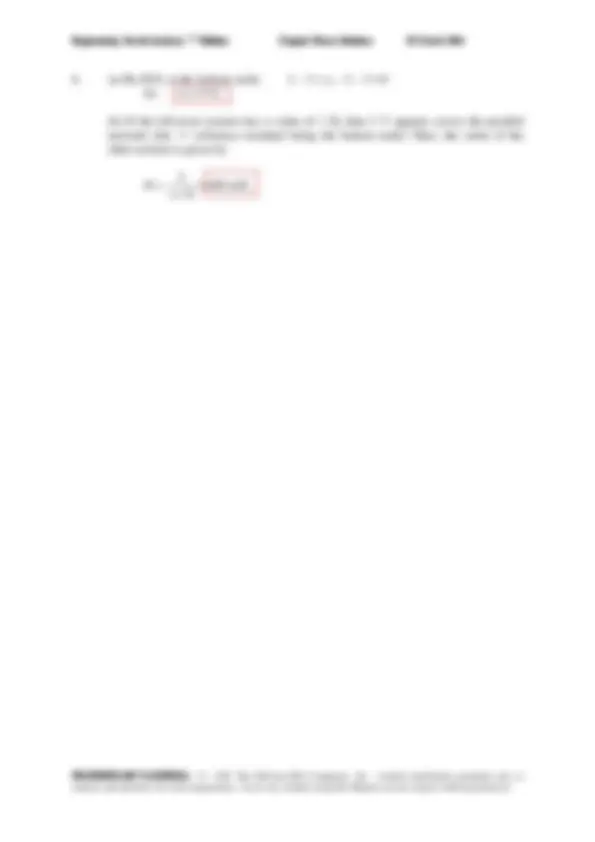







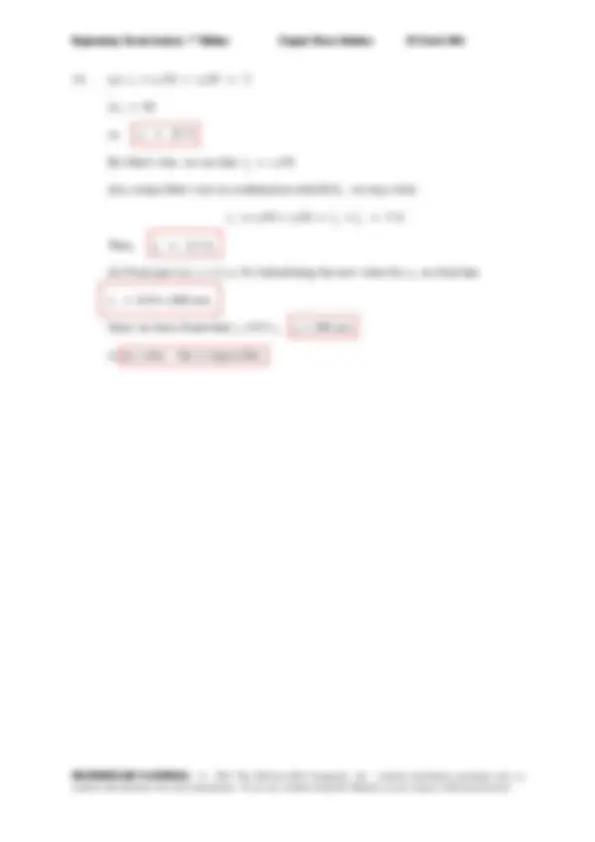



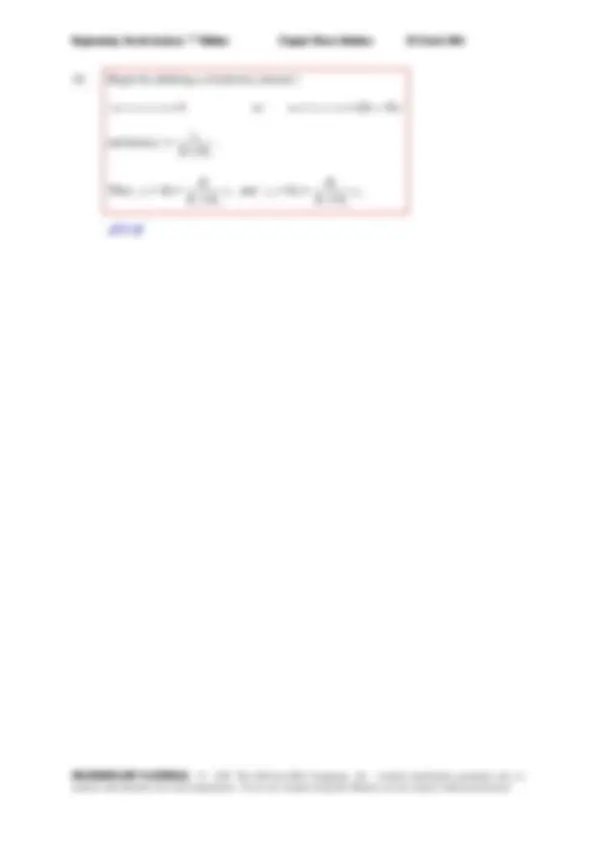
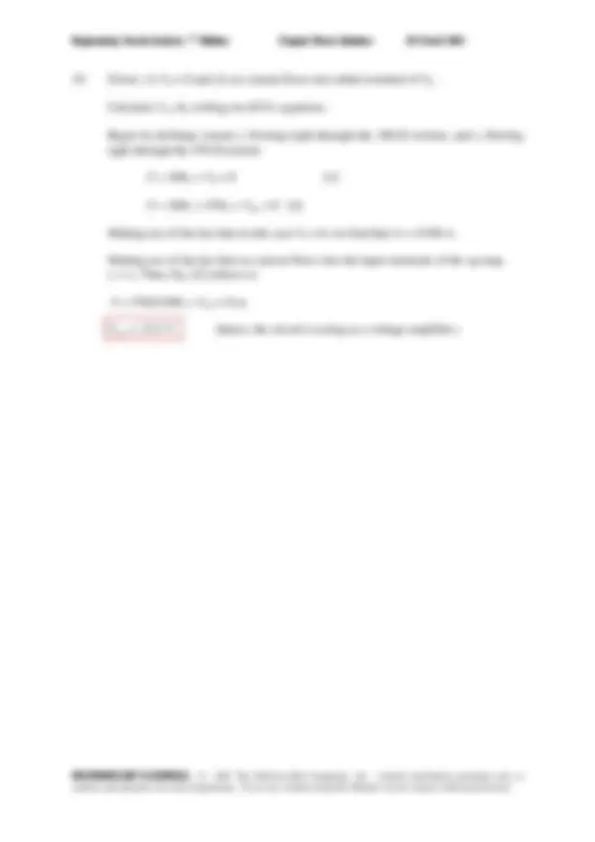


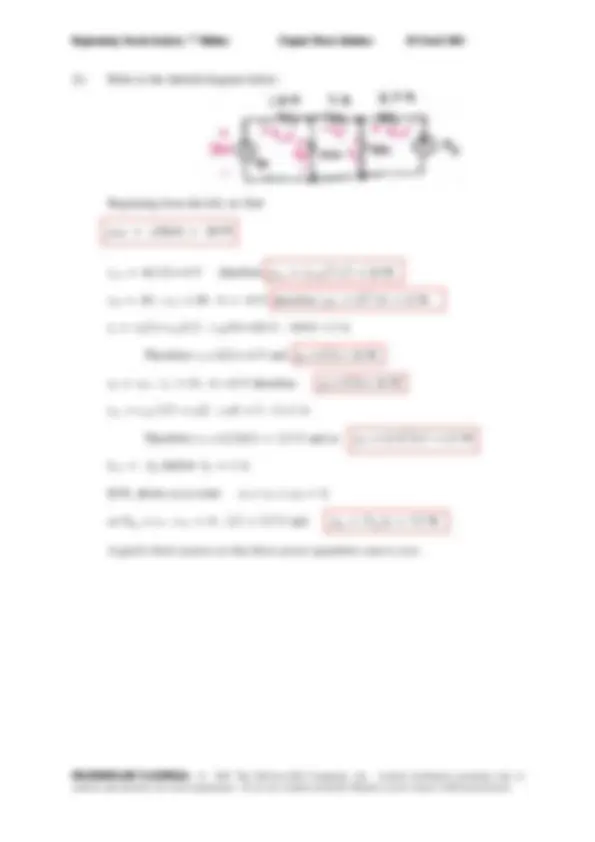



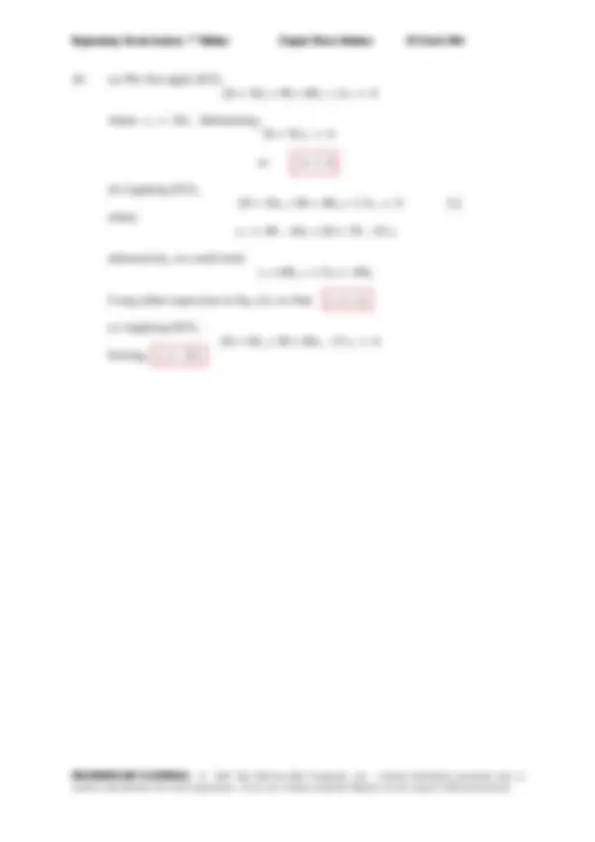

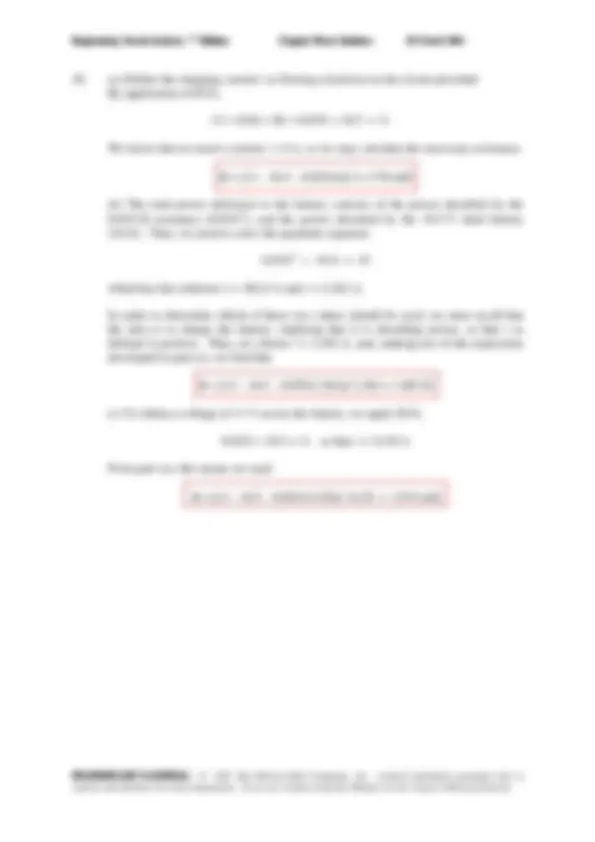


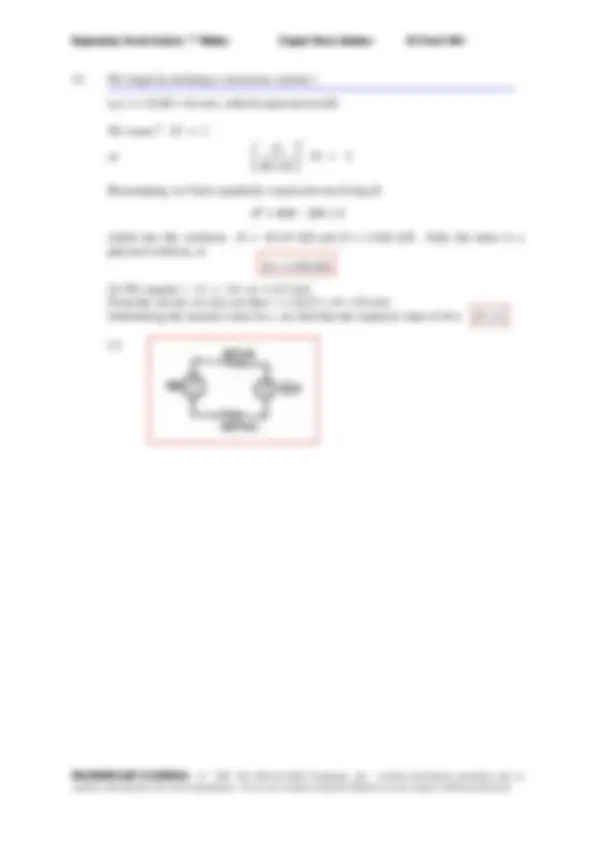

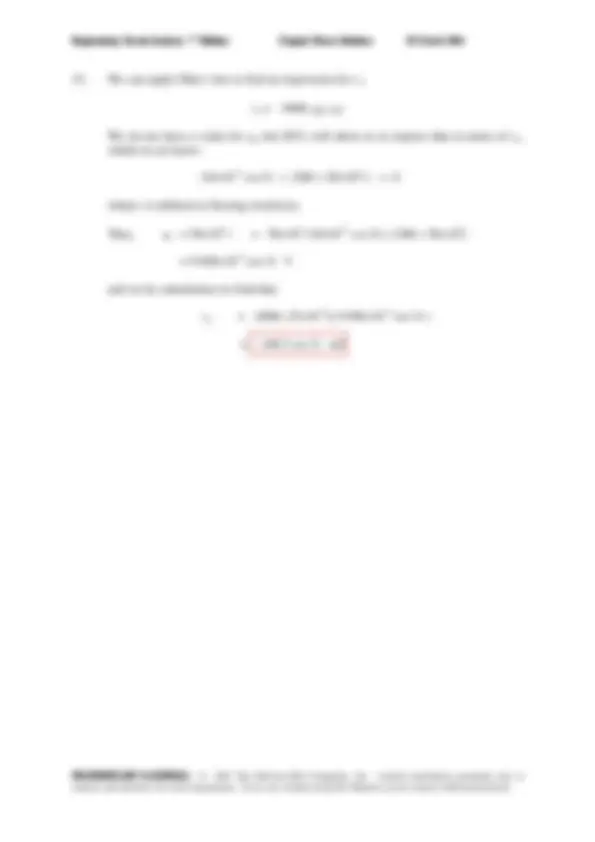
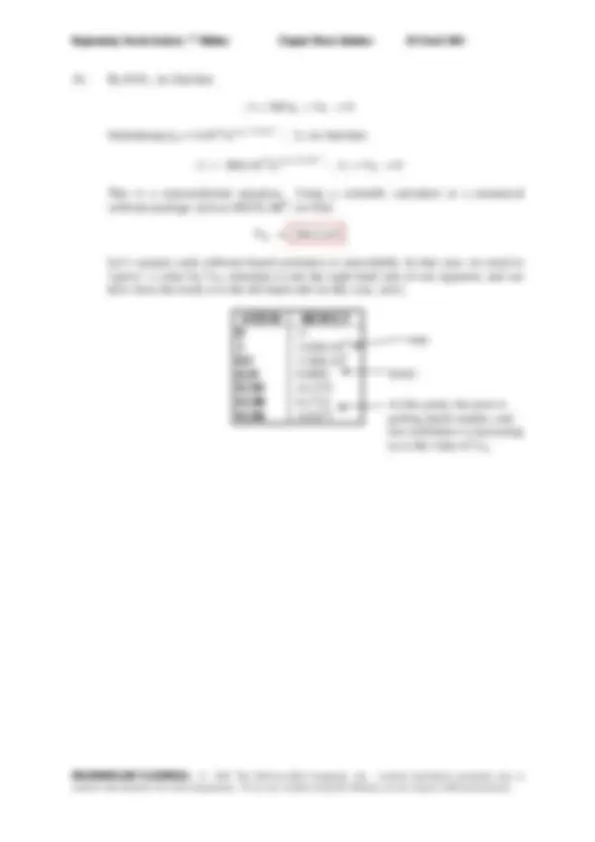
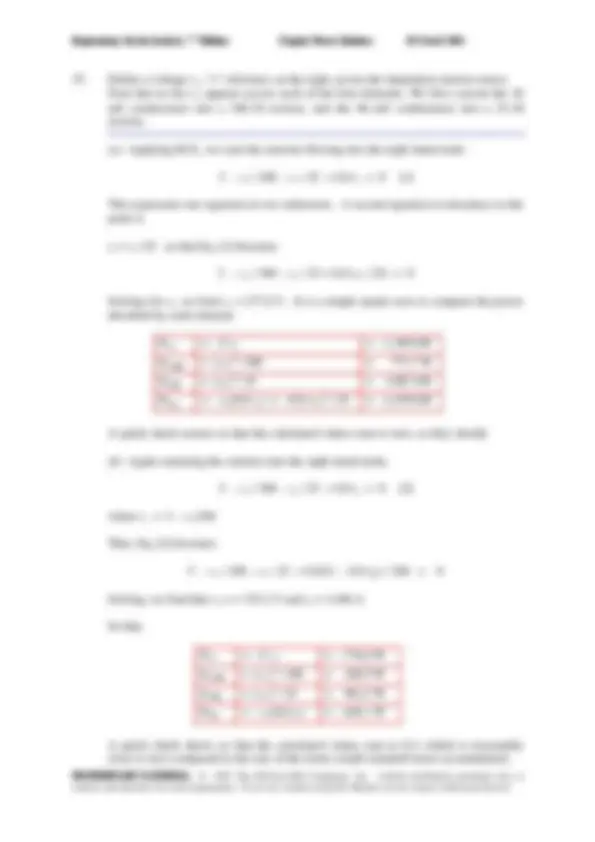
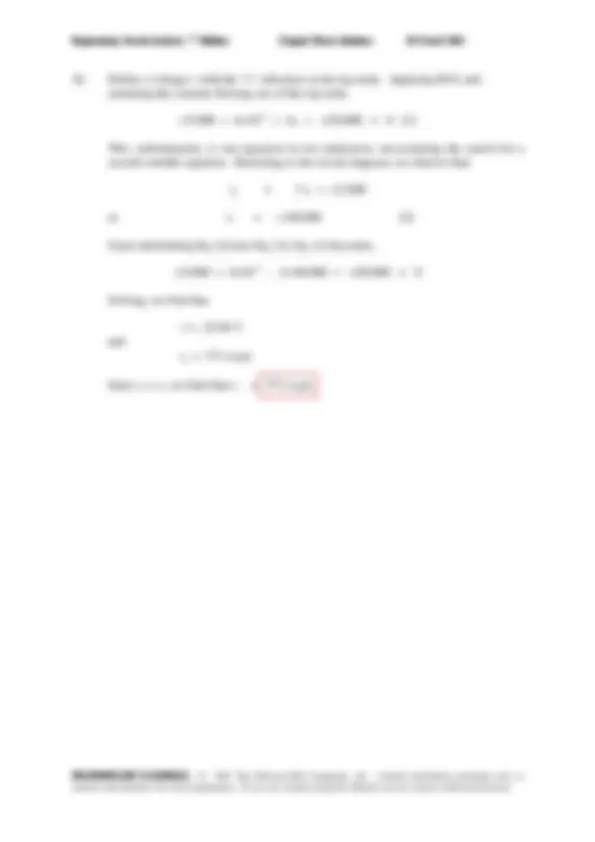
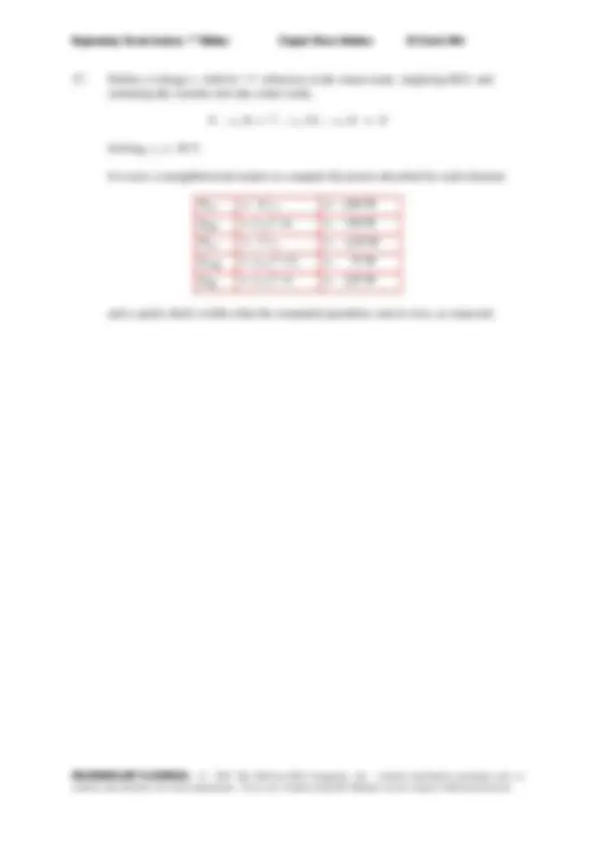
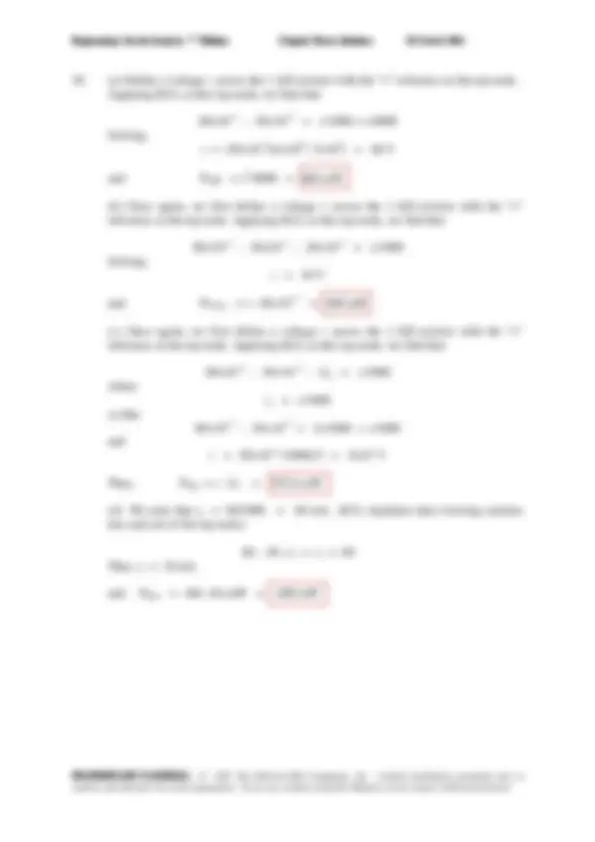
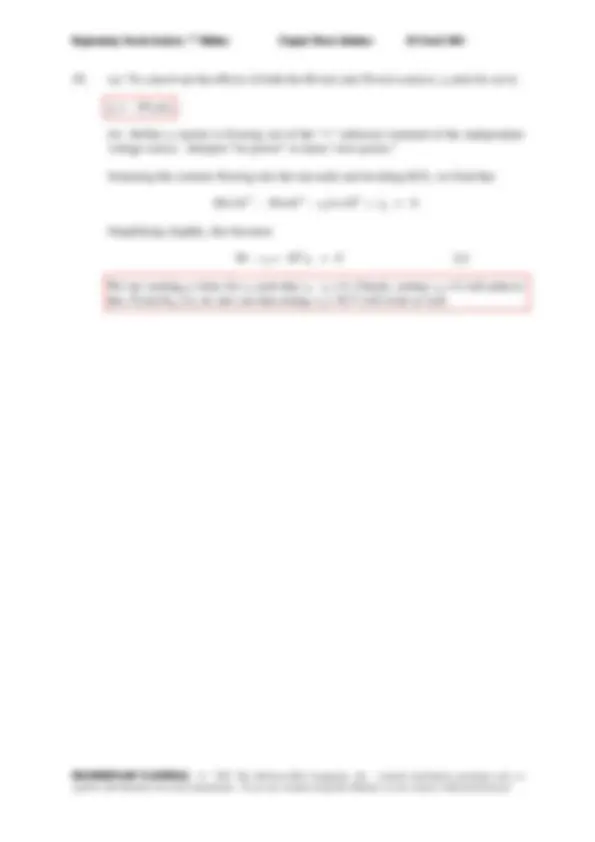


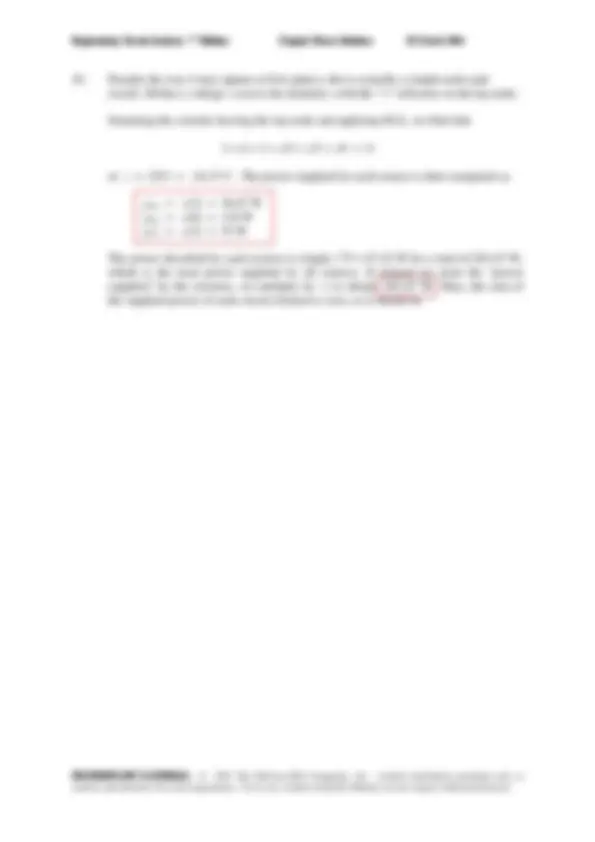



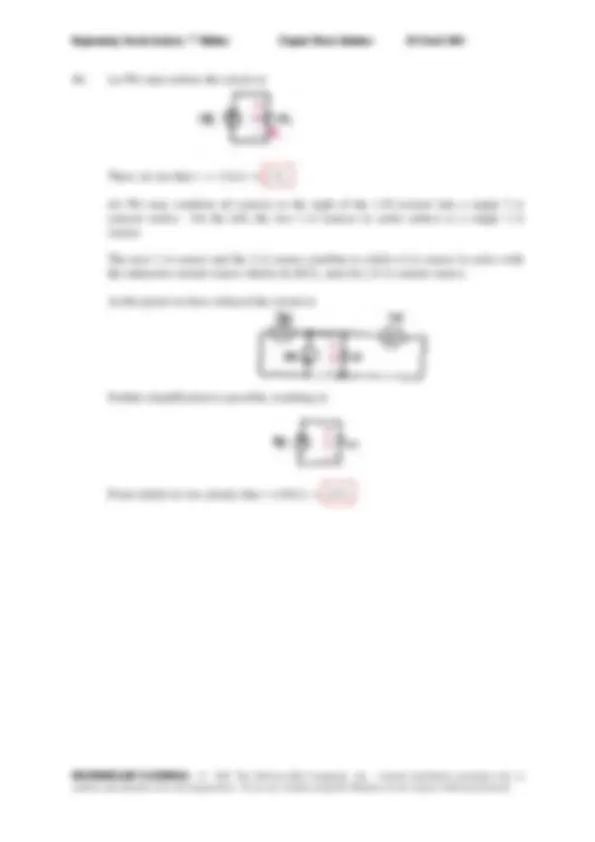
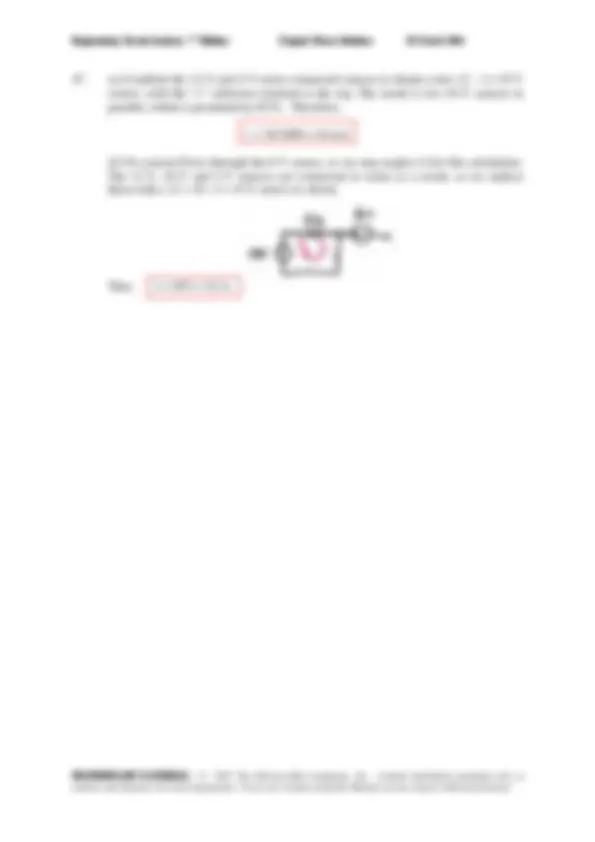
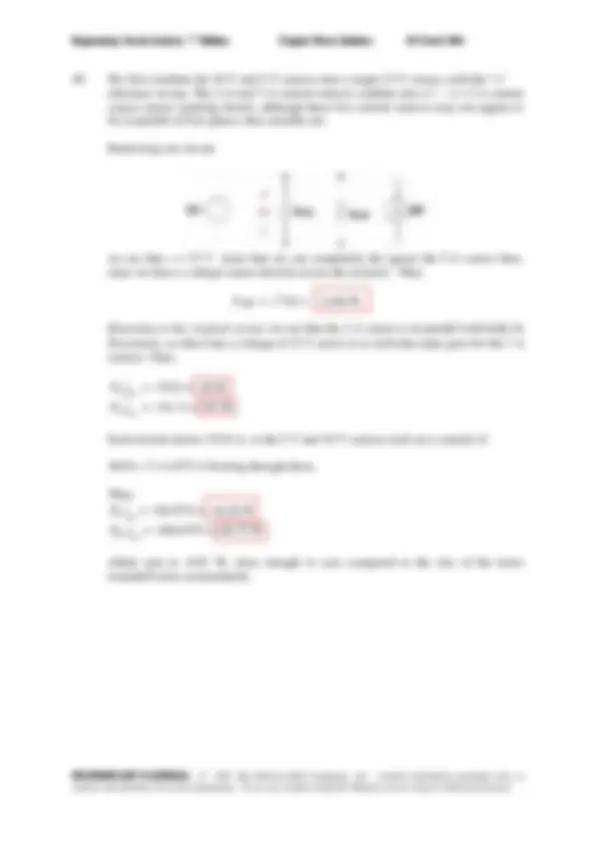
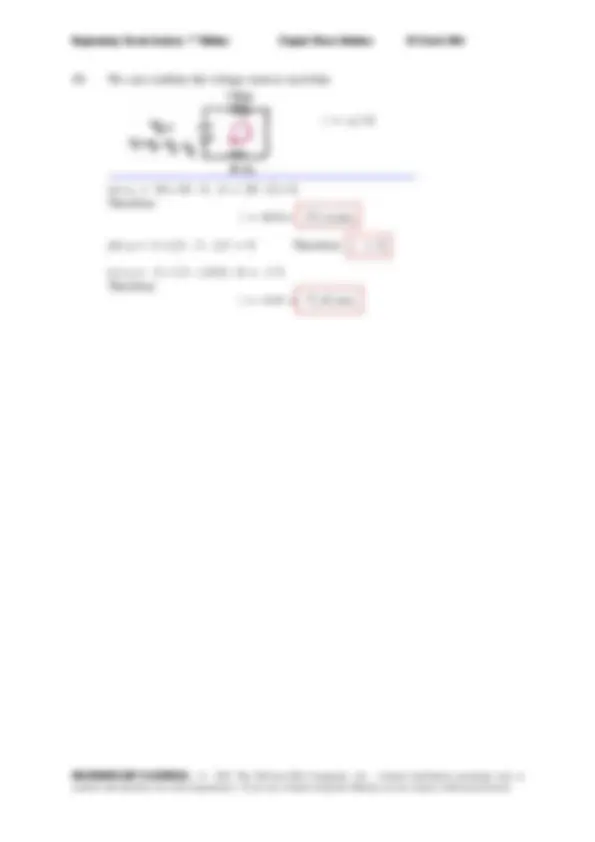
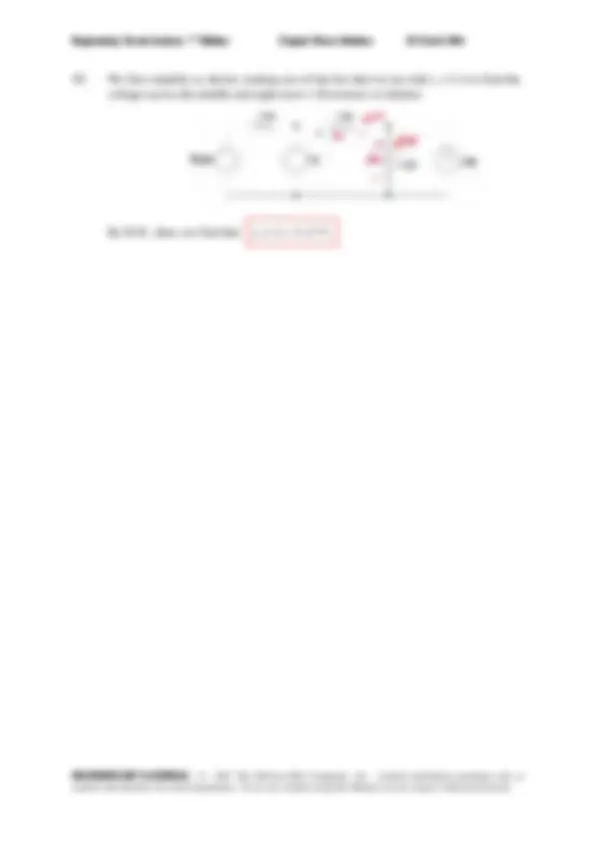

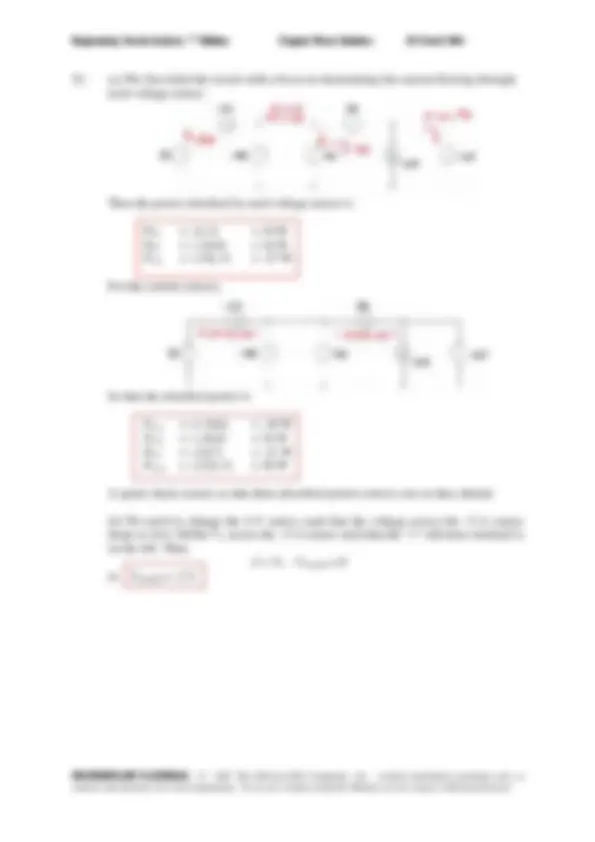





Estude fácil! Tem muito documento disponível na Docsity

Ganhe pontos ajudando outros esrudantes ou compre um plano Premium


Prepare-se para as provas
Estude fácil! Tem muito documento disponível na Docsity
Prepare-se para as provas com trabalhos de outros alunos como você, aqui na Docsity
Os melhores documentos à venda: Trabalhos de alunos formados
Prepare-se com as videoaulas e exercícios resolvidos criados a partir da grade da sua Universidade
Responda perguntas de provas passadas e avalie sua preparação.

Ganhe pontos para baixar
Ganhe pontos ajudando outros esrudantes ou compre um plano Premium
Comunidade
Peça ajuda à comunidade e tire suas dúvidas relacionadas ao estudo
Descubra as melhores universidades em seu país de acordo com os usuários da Docsity
Guias grátis
Baixe gratuitamente nossos guias de estudo, métodos para diminuir a ansiedade, dicas de TCC preparadas pelos professores da Docsity
Solucionario completo de la 7ma edición
Tipologia: Exercícios
1 / 769

Esta página não é visível na pré-visualização
Não perca as partes importantes!





























































































Engineering Circuit Analysis, 7 Edition Chapter Two Solutions 10 March 2006
(b) 750 mJ (e) 6.5 nm (h) 49 kΩ
(c) 1.13 kΩ (f) 13.56 MHz (i) 11.73 pA
PROPRIETARY MATERIAL. © 2007 Th e McGraw-Hill Companies, Inc. Lim ited distr ibution perm itted onl y to
Engineering Circuit Analysis, 7 Edition Chapter Two Solutions 10 March 2006
(b) 12.35 mm (f) 5.33 nW
(c) 47. kW (g) 1 ns
(d) 5.46 mA (h) 5.555 MW
PROPRIETARY MATERIAL. © 2007 Th e McGraw-Hill Companies, Inc. Lim ited distr ibution perm itted onl y to
Engineering Circuit Analysis, 7 Edition Chapter Two Solutions 10 March 2006
3 hrs running at this power level equates to a transfer of energy equal to
(1.5 J/s)(3 hr)(60 min/ hr)(60 s/ min) = 16.2 kJ
PROPRIETARY MATERIAL. © 2007 Th e McGraw-Hill Companies, Inc. Lim ited distr ibution perm itted onl y to
Engineering Circuit Analysis, 7 Edition Chapter Two Solutions 10 March 2006
(a) With 100% efficient mechanical to electrical power conversion,
(175 Hp)[1 W/ (1/745.7 Hp)] = 130.5 kW
(b) Running for 3 hours,
Energy = (130.5× 10
3 W)(3 hr)(60 min/hr)(60 s/min) = 1.409 GJ
(c) A single battery has 430 kW-hr capacity. We require
(130.5 kW)(3 hr) = 391.5 kW-hr therefore one battery is sufficient.
PROPRIETARY MATERIAL. © 2007 Th e McGraw-Hill Companies, Inc. Lim ited distr ibution perm itted onl y to
Engineering Circuit Analysis, 7 Edition Chapter Two Solutions 10 March 2006
(a) To compute the peak power, we assume the pulse shape is square:
1
Energy (mJ)
t (fs) 75
Then P = 1× 10
(b) At 100 pulses per second, the average power is
P avg = (100 pulses)(1 mJ/pulse)/(1 s) = 100 mW.
PROPRIETARY MATERIAL. © 2007 Th e McGraw-Hill Companies, Inc. Lim ited distr ibution perm itted onl y to
Engineering Circuit Analysis, 7 Edition Chapter Two Solutions 10 March 2006
5 7 17 24
P (W)
10
6
t (min)
(a) Total energy (in J) expended is
[6(5) + 0(2) + 0.5(10)(10) + 0.5(10)(7)]60 = 6.9 kJ.
(b) The average power in Btu/hr is
(6900 J/24 min)(60 min/1 hr)(1 Btu/1055 J) = 16.35 Btu/hr.
PROPRIETARY MATERIAL. © 2007 Th e McGraw-Hill Companies, Inc. Lim ited distr ibution perm itted onl y to
Engineering Circuit Analysis, 7 Edition Chapter Two Solutions 10 March 2006
2
4 C.
(a) q (2 s) = 40 C.
(b) To find the m aximum charge within 0≤ t ≤ 3 s, we need to take the f irst and
second derivitives:
dq / dt = 36 t – 8 t
3 = 0, leading to roots at 0, ± 2.121 s
d
2 q / dt
2 = 36 – 24 t
2
substituting t = 2.121 s into the expression for d
2 q / dt
2 , we obtain a value of
–14.9, so that this root represents a maximum.
Thus, we find a maximum charge q = 40.5 C at t = 2.121 s.
(c) The rate of charge accumulation at t = 8 s is
dq/dt |t = 0.8 = 36(0.8) – 8(0.8)
3 = 24.7 C/s.
(d) See Fig. (a) and (b).
0 0.5 1 1.5 2 2.5 3
0
10
20
30
40
50
60
70
tim e (s )
q (C)
0 0.5 1 1.5 2 2.5 3
0
50
i (A )
tim e (t)
(a) (b)
PROPRIETARY MATERIAL. © 2007 Th e McGraw-Hill Companies, Inc. Lim ited distr ibution perm itted onl y to
Engineering Circuit Analysis, 7 Edition Chapter Two Solutions 10 March 2006
3
5
1 ⎩
−
e t
e t i t t
t
Thus,
(a) i 1 (-0.2) = 6.155 A
(b) i 1 (0.2) = 3.466 A
(c) To determine the instants at which i 1 = 0, we must consider t < 0 and t > 0 separately:
for t < 0, - 2 + 3 e
-5 t = 0 leads to t = -0.2 ln (2/3) = +0.0811 s (impossible)
for t > 0, -2 + 3 e
3 t = 0 leads to t = (1/3) ln (2/3) = –0.135 s (impossible)
Therefore, the current is never negative.
(d) The total charge passed left to right in the interval –0. 8 < t < 0.1 s is
q ( t ) =
1
i ( ) t dt ∫ −
0 0. 5 3 0.8 0
t t e dt e d
− −
∫ ⎣ ⎦ ∫ ⎣
⎤ t ⎦
= (^) ( )
0
5 3
0 -0.
t t t e t e
PROPRIETARY MATERIAL. © 2007 Th e McGraw-Hill Companies, Inc. Lim ited distr ibution perm itted onl y to
Engineering Circuit Analysis, 7 Edition Chapter Two Solutions 10 March 2006
2 pJ
(b) VED =
(c) VDC = –
3 pJ
(d) It takes – 3 pJ to move +1.602x
It takes 2 pJ to move –1.602x
+1.602x
Thus, it requires –3 pJ + 2 pJ = –1 pJ to m ove +1.602x
B.
Hence, (^) DB = V
1 pJ
PROPRIETARY MATERIAL. © 2007 Th e McGraw-Hill Companies, Inc. Lim ited distr ibution perm itted onl y to
Engineering Circuit Analysis, 7 Edition Chapter Two Solutions 10 March 2006
Voltmeter
Voltmeter
From the diagram, we see that V 2 = –V 1 = +2.86 V.
PROPRIETARY MATERIAL. © 2007 Th e McGraw-Hill Companies, Inc. Lim ited distr ibution perm itted onl y to
Engineering Circuit Analysis, 7 Edition Chapter Two Solutions 10 March 2006
-100 t mA and v = [6 – 600 t ] e
-100 t mV
(a) The power absorbed at t = 5 ms is
100 100
t t t e te =
− − − ⋅
= 0.01655W = μ16.55 nW
(b) The energy delivered over the interval 0 < t < ∞ is
∞ ∞ − = − 0 0
200
t abs
Making use of the relationship
0 1
∞ − =
n ax
a
n x e dx where n is a positive integer and a > 0,
we find the energy delivered to be
2
3
PROPRIETARY MATERIAL. © 2007 Th e McGraw-Hill Companies, Inc. Lim ited distr ibution perm itted onl y to
Engineering Circuit Analysis, 7 Edition Chapter Two Solutions 10 March 2006
-100 t
2 8
100 (^360) t ms
t e (^) =
− = 72.68 W
2 8
100 ⎟ = = ⎠
=
− t ms
t i e dt
di
t ms
t t idt e 8
100 0
=
− ⎟ ⎠
t ms
t t t t e e dt e 8
100 0
100 100 90 3 60 =
− − ′ − ⎟ ⎠
PROPRIETARY MATERIAL. © 2007 Th e McGraw-Hill Companies, Inc. Lim ited distr ibution perm itted onl y to
Engineering Circuit Analysis, 7 Edition Chapter Two Solutions 10 March 2006
first 2 hours P = 5 V 0.001 A 5 mW
(b) Energy = (5 V)(0.001 A)(2 hr)(60 min/ hr)(60 s/ min) = 36 J
(c) 36 – (2)(0.001)(60)(60) = 21.6 J
PROPRIETARY MATERIAL. © 2007 Th e McGraw-Hill Companies, Inc. Lim ited distr ibution perm itted onl y to
Engineering Circuit Analysis, 7 Edition Chapter Two Solutions 10 March 2006
“absorbing” power; the remaining sources are supplying power to the circuit.
Source Absorbed Power Absorbed Power
2 V source (2 V)(-2 A) - 4 W
8 V source (8 V)(-2 A) - 16 W
-4 A source (10 V)[-(-4 A)] 40 W
10 V source (10 V)(-5 A) - 50 W
-3 A source (10 V)[-(-3 A)] 30 W
The 5 powe r quantities sum to –4 – 16 + 40 – 50 + 30 = 0, as demanded from
conservation of energy.
PROPRIETARY MATERIAL. © 2007 Th e McGraw-Hill Companies, Inc. Lim ited distr ibution perm itted onl y to